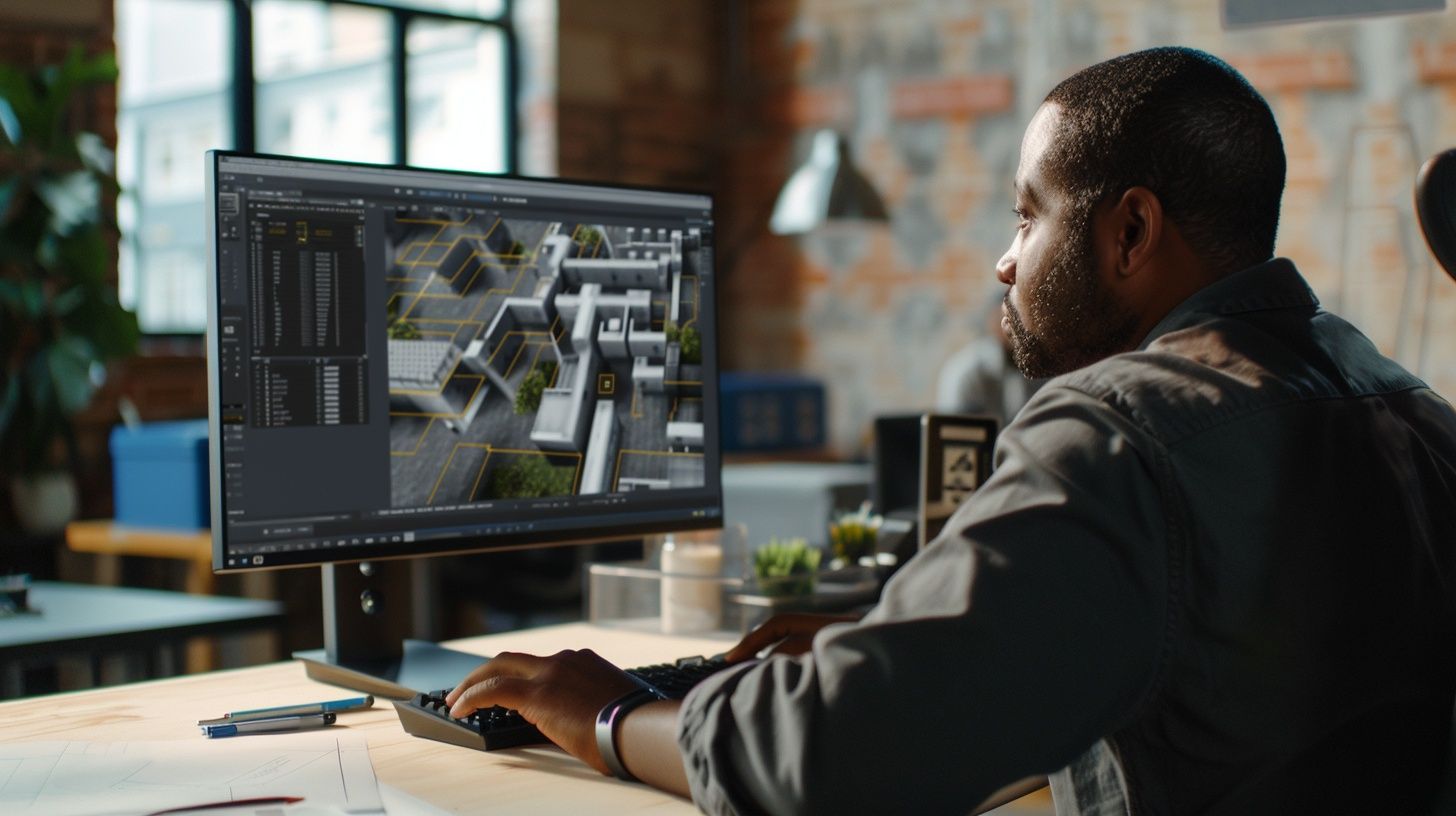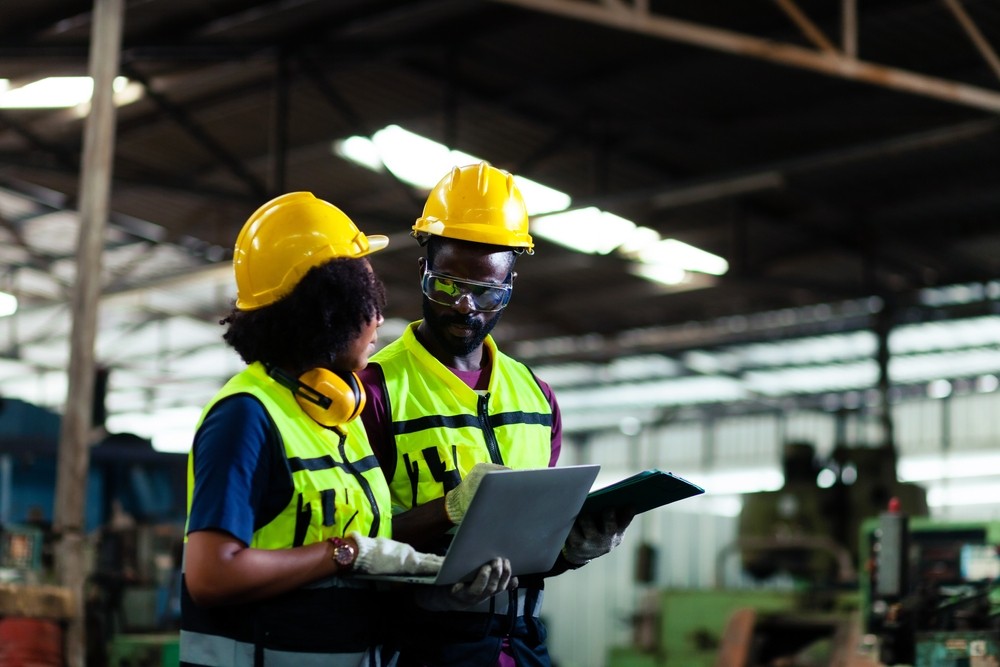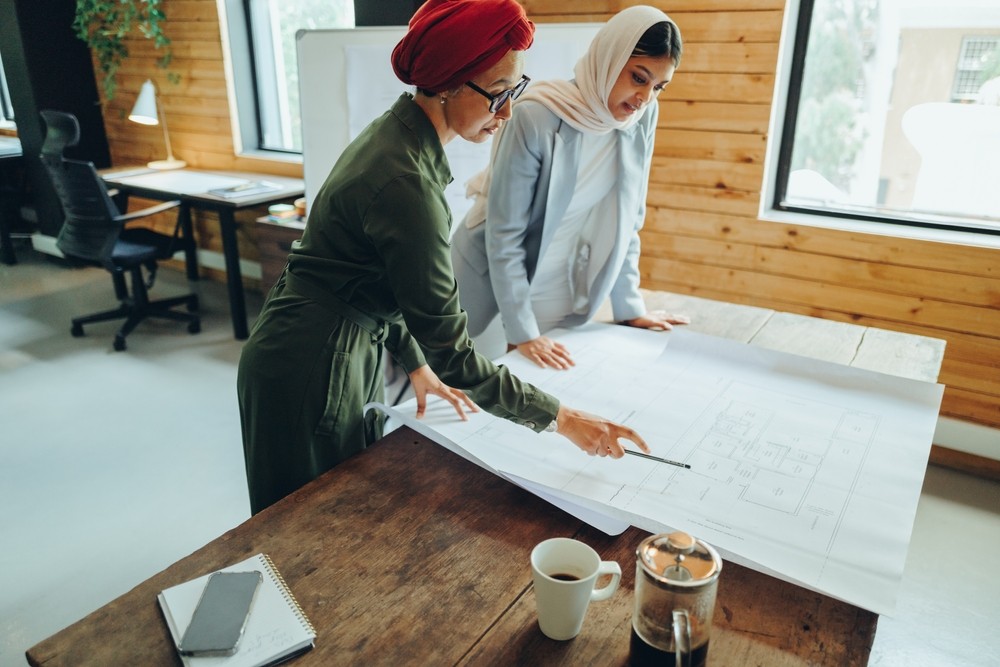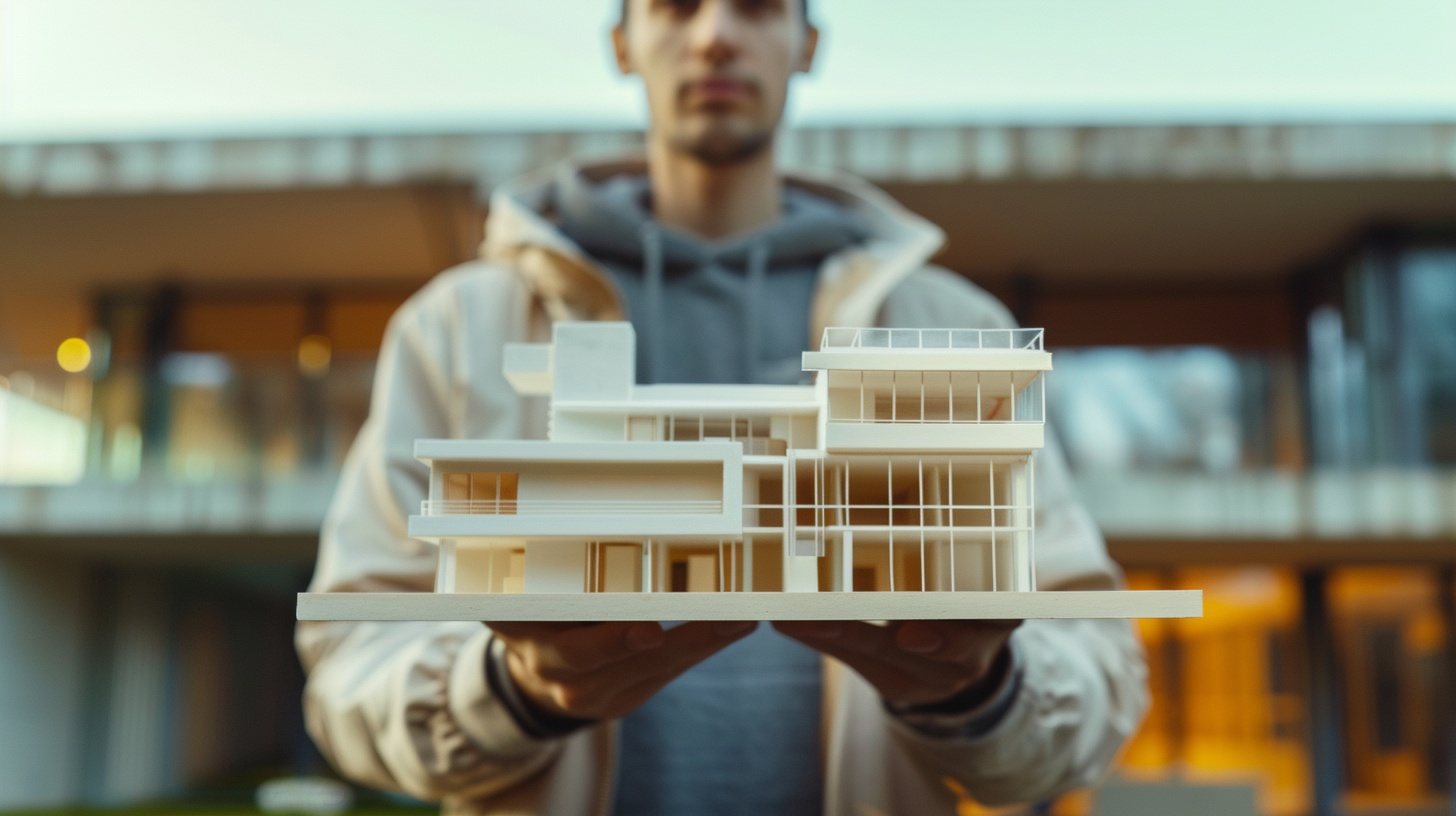
How to Make Buildings Inclusive for All Using Architecture in 2024
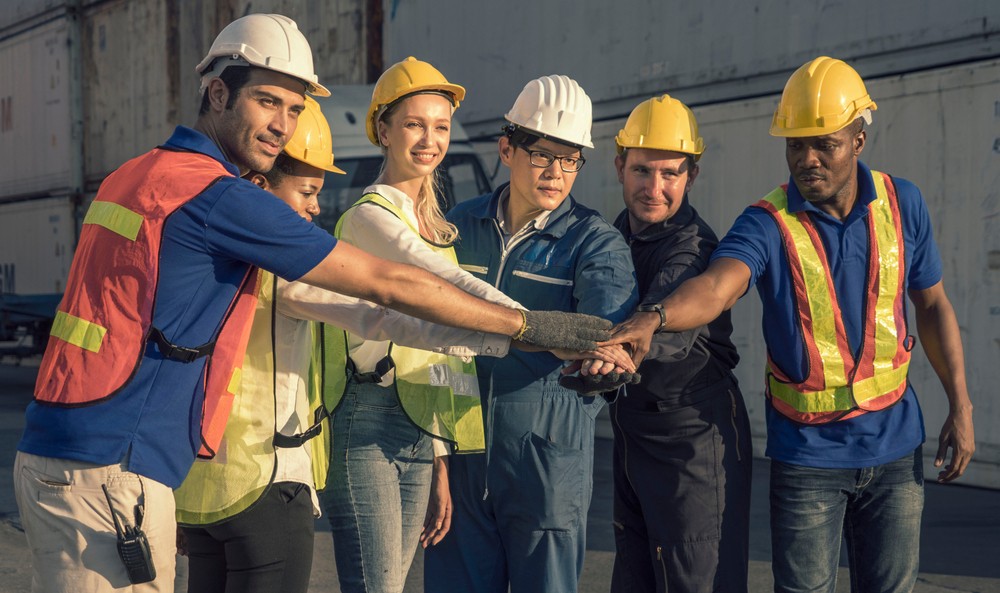
Inclusive architecture design is not just about erecting buildings; it’s about constructing environments that embrace and accommodate everyone’s diverse accessibility needs. Whether it’s ensuring individuals with physical limitations can navigate a space seamlessly or creating an atmosphere that caters to various age groups, inclusive architecture aims to break down barriers and foster a sense of belonging for all.
As architects, our role extends beyond mere blueprints and measurements; we’re tasked with envisioning spaces that transcend physical boundaries. Tactile surfaces, such as braille signage and textured pavements, serve as silent guides for those with visual impairments, while flexible design allows for the seamless adaptation of spaces to meet the ever-evolving needs of diverse occupants.
How Tech is Involved in Inclusive Architecture
Moreover, technology plays a pivotal role in shaping inclusive architectural designs in 2024. From touchless access control systems to virtual reality simulations that aid in design visualization, advancements in technology have opened up new frontiers for creating truly inclusive environments. These innovations not only enhance accessibility but also promote independence and autonomy for individuals with disabilities.
Inclusive architecture isn’t just a buzzword; it’s a fundamental principle that underpins the very fabric of our society. By embracing inclusivity in our designs, we not only enrich the built environment but also pave the way for a more equitable and compassionate future.
The Importance of Inclusive Architecture
Imagine a world where buildings are not just structures of steel and concrete but vibrant hubs of inclusivity, where every individual, regardless of their abilities or background, feels welcomed and empowered. This is the vision that drives the importance of inclusive architecture in 2024 and beyond.
Social Inclusion and Community Cohesion
At its core, inclusive architecture is about more than just physical accessibility; it’s about creating spaces that foster social inclusion and community cohesion. By designing buildings that accommodate the needs of diverse populations, we can break down barriers and create environments where everyone can participate fully in society.
Aging Population
Consider, for example, the impact of inclusive design on aging populations. As our society grays, it becomes increasingly important to design buildings that are accessible and age-friendly. Simple features like grab bars in bathrooms and ramps instead of stairs can make a world of difference for older adults, allowing them to maintain their independence and dignity as they age.

Gender and Sexual Orientation
But inclusive architecture goes beyond just accommodating physical disabilities; it’s also about creating spaces that are welcoming to people of all genders, sexual orientations, and cultural backgrounds. Gender-neutral bathrooms and inclusive signage send a powerful message of acceptance and equality, fostering a sense of belonging for marginalized communities.
Attracts The Masses
Inclusive architecture isn’t just a moral imperative; it’s also good business. Properties that prioritize inclusivity can attract a wider range of tenants and customers, ultimately leading to greater economic success and social impact. In a world that is becoming increasingly diverse, inclusive architecture is not just a nicety – it’s a necessity.
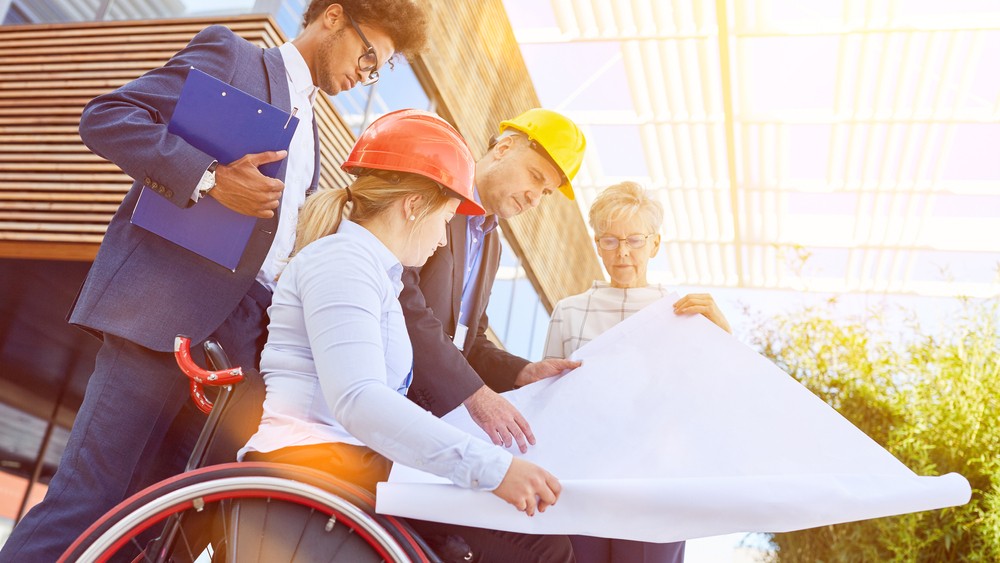
Practical Considerations
When embarking on the journey of inclusive architecture design in 2024, there are several key considerations to keep in mind to ensure that your projects truly meet the needs of all individuals.
First and foremost, it’s essential to design with age diversity in mind. As our population ages, it’s crucial to create spaces that are accessible and user-friendly for people of all ages, from children to seniors. This means incorporating features like wide doorways, non-slip flooring, and easily reachable amenities to accommodate individuals with varying levels of mobility.
Physical Abilities and Cognitive Impairments
Additionally, it’s important to consider diverse abilities when designing inclusive spaces. This includes not only physical disabilities but also sensory and cognitive impairments. Designing with flexibility in mind allows for the adaptation of spaces to meet the needs of individuals with diverse abilities, whether it’s through adjustable furniture, sensory-friendly lighting, or quiet areas for relaxation.
Inclusive architecture also means designing with inclusivity in mind. This means creating spaces that are welcoming and inclusive to people of all genders, sexual orientations, and cultural backgrounds. Gender-neutral bathrooms, inclusive signage, and culturally sensitive design elements can help create environments that are welcoming and affirming for all individuals.
Conclusion
Whether you’re designing a new home or renovating an existing one, there are steps you can take to improve energy efficiency. From upgrading insulation to installing energy-efficient appliances, every small change adds up to make a big impact.
Ready to turn your vision of an energy-efficient home into a reality? Contact Designs Boss today to start your architectural planning journey. Our team of experts is here to guide you every step of the way, from initial concept to final construction. Together, we can create homes that are not only beautiful and functional but also sustainable for generations to come.
Latest

What Makes a Good Architectural University
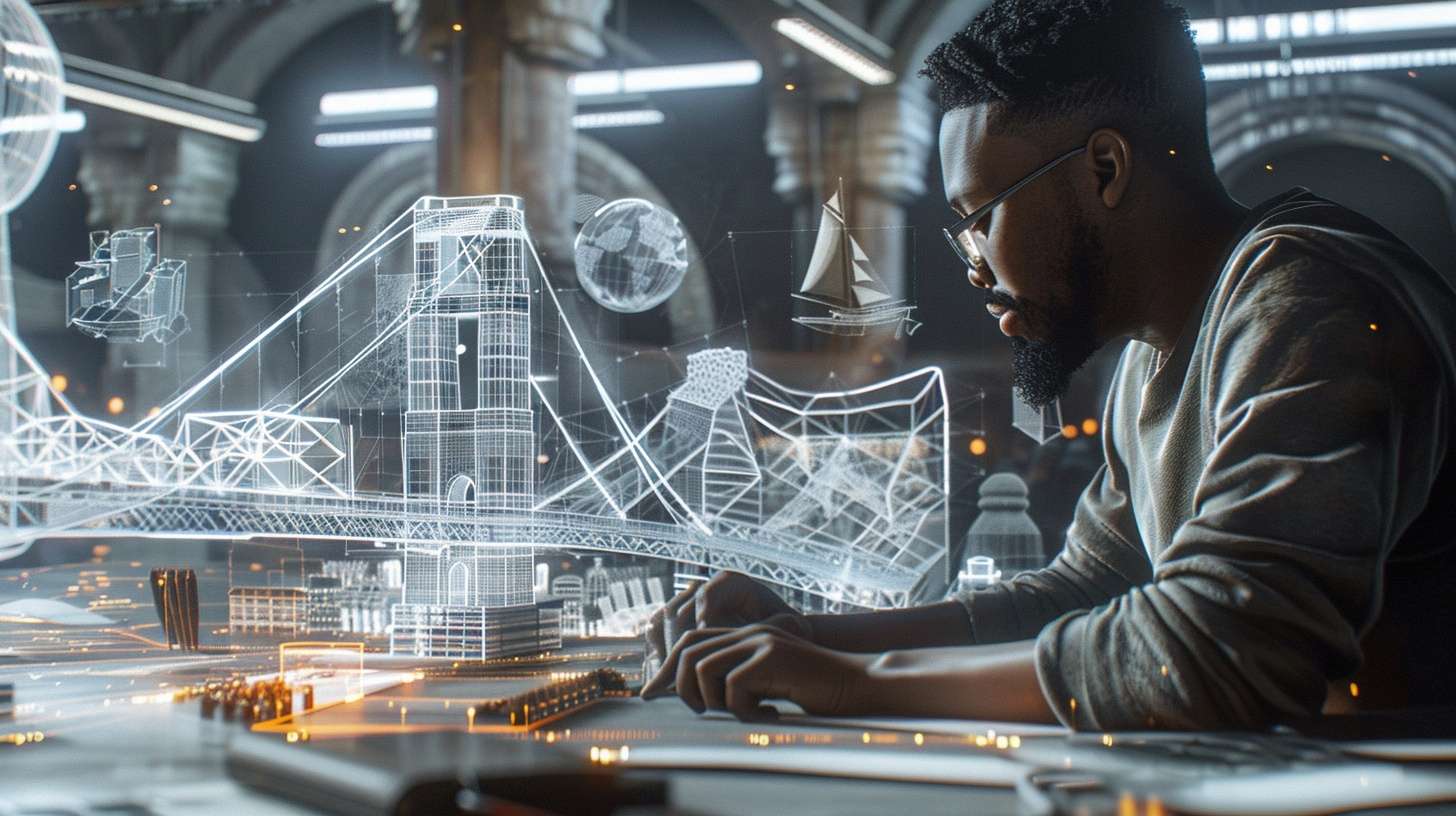
What Are The Most Beautiful Bridges Ever Designed
